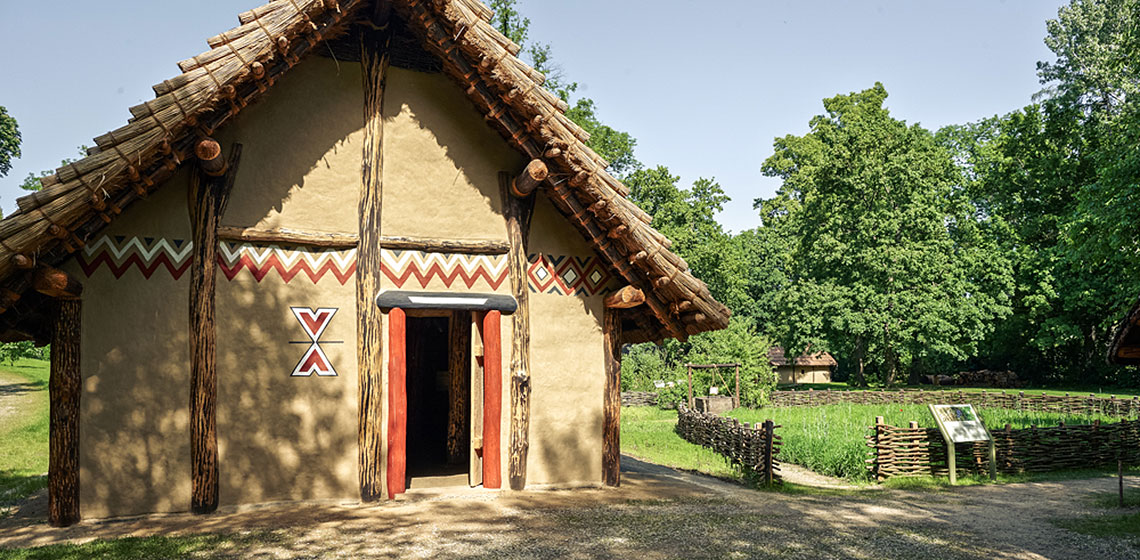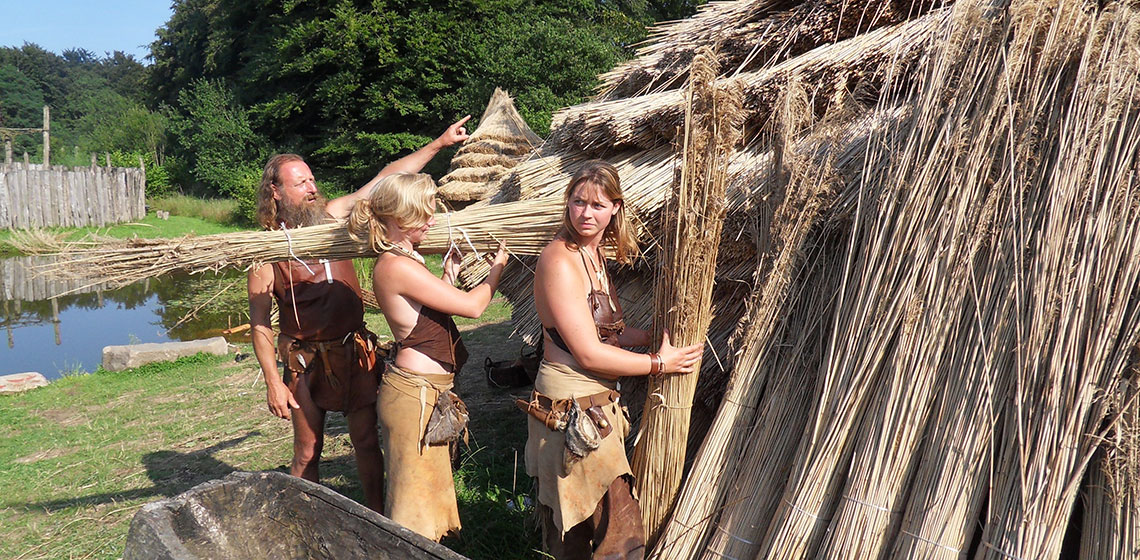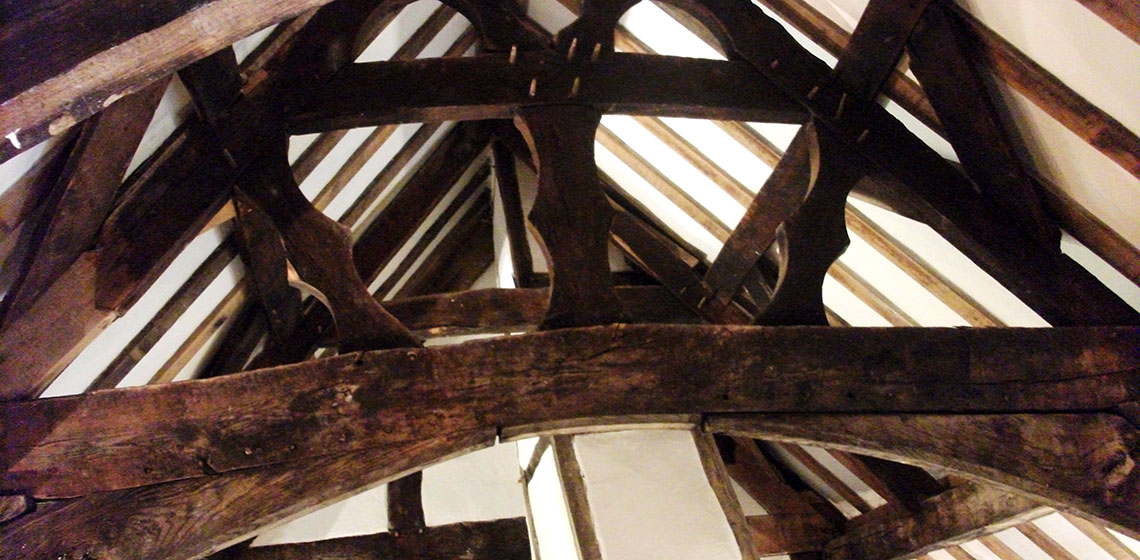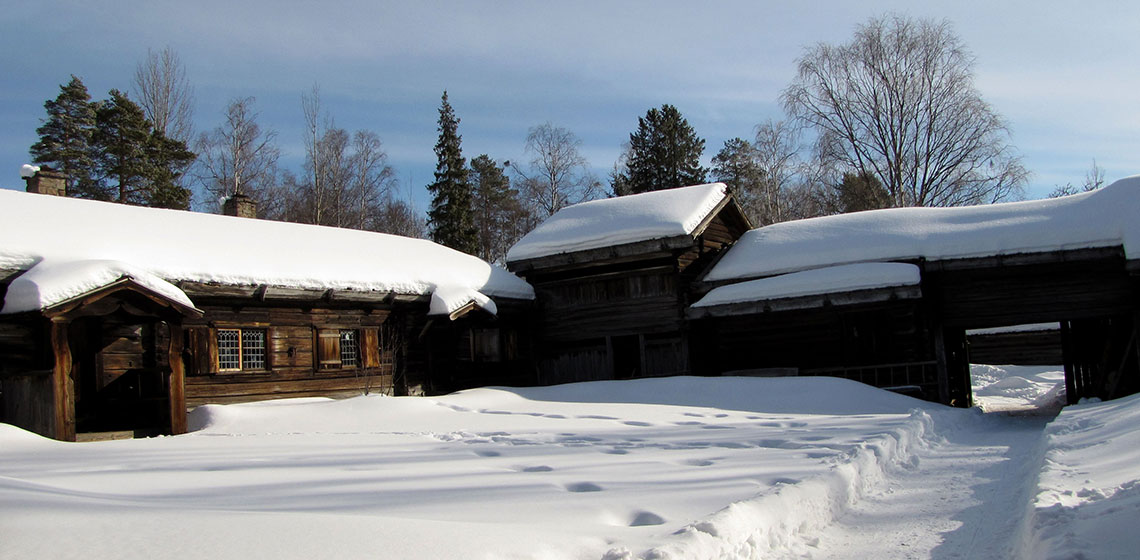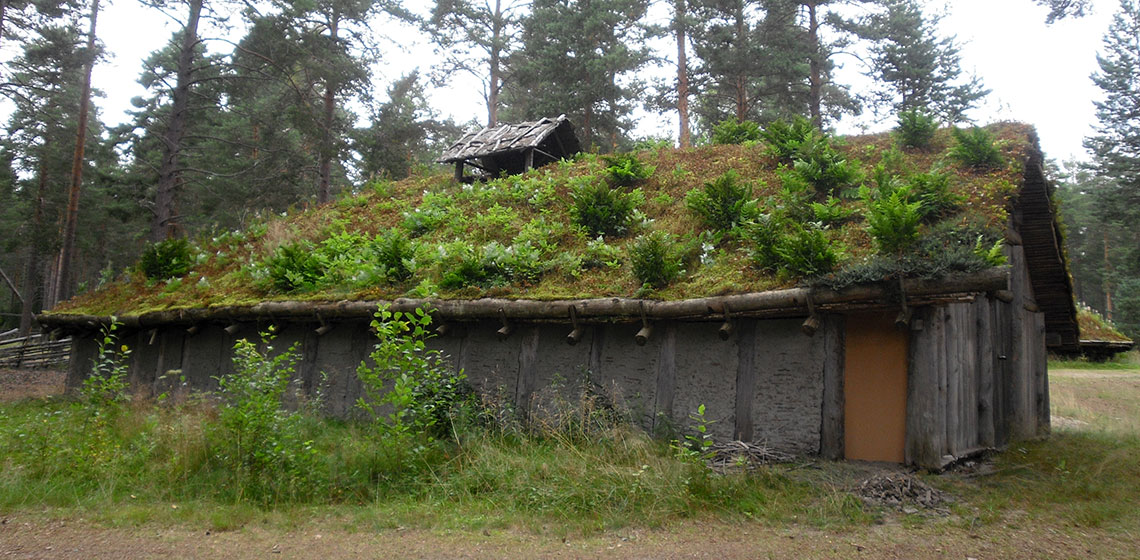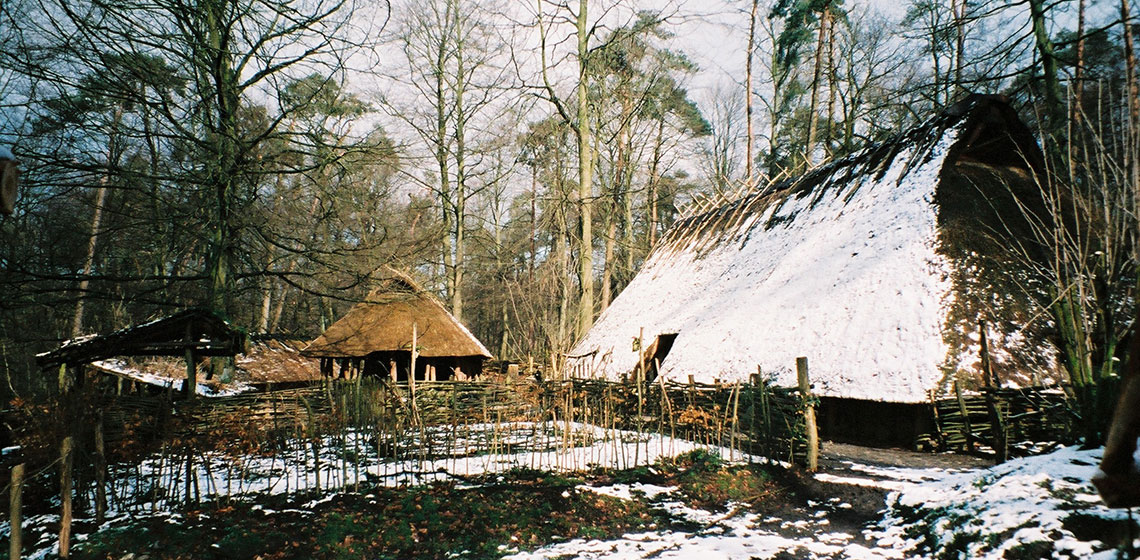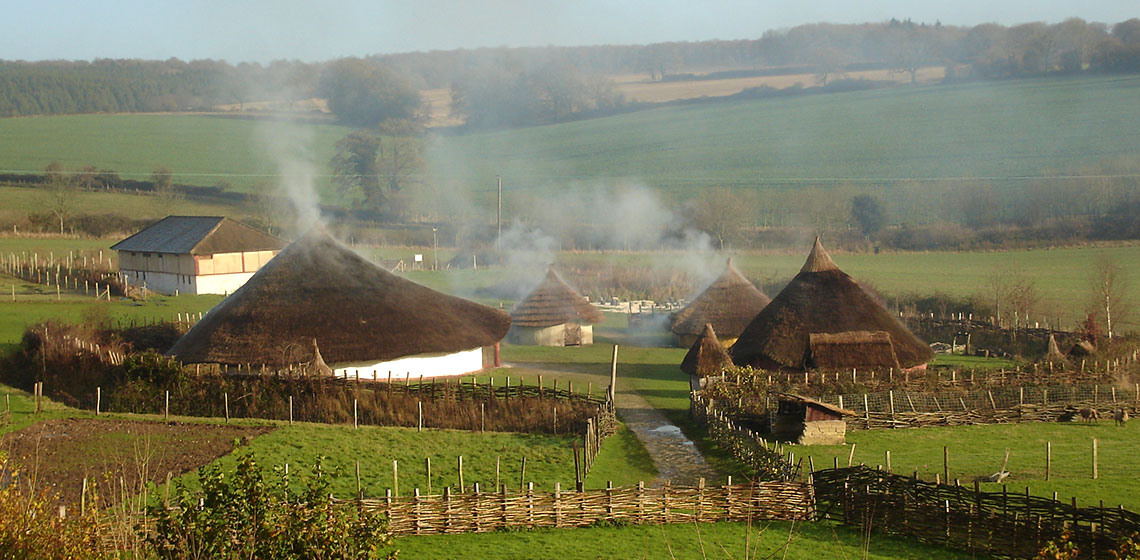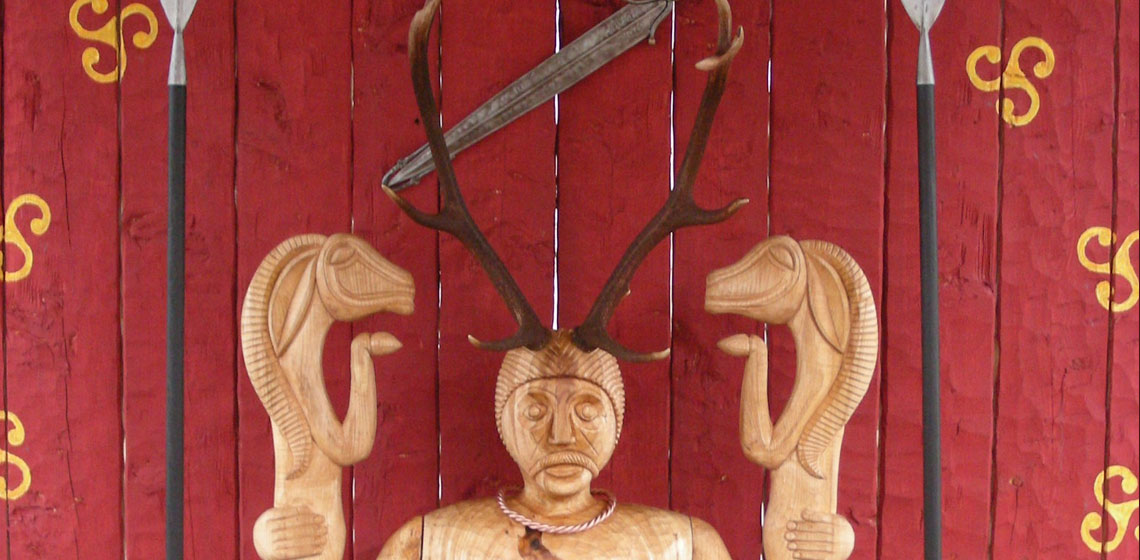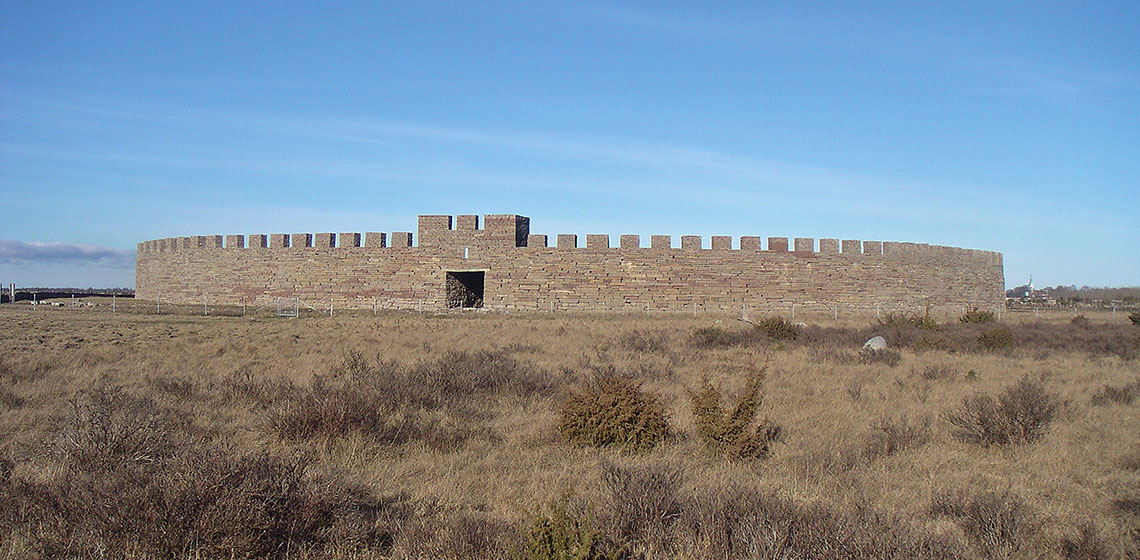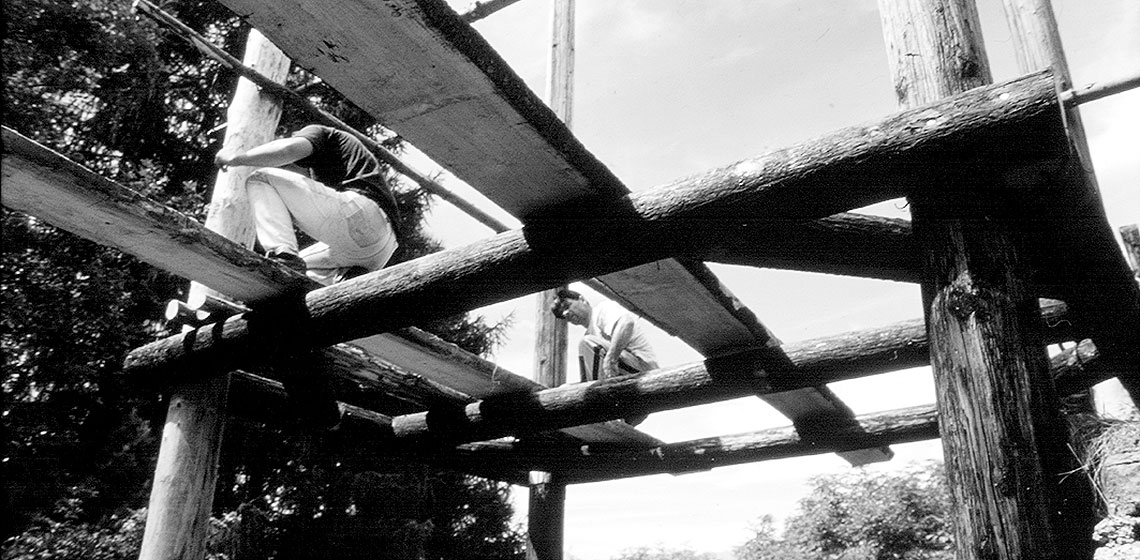Archaeological Open-Air Museum
The Steinzeitpark Dithmarschen (DE): Concept and Development of a Visitor Oriented Educational Centre for Sustainable Development
***What does a Stone Age village or Stone Age house look like? (Almost) every person that we happen to randomly meet can answer this question with (subjectively recognized) certainty. Since the research of the 19th century, the knowledge people assume to have is based, not lastly, on images or...
History Matters at Ty Mawr Medieval Hall
People Want Quality and They are Willing to Pay for it
Gene Fornby - the Ancient Village of Gene
I have for years, through articles, debate and political activities, been a very active part in the efforts to preserve Gene Fornby from demolition. The cause seemed long doomed to be lost, but in the end the saving-line won. Therefore the longhouse and the smithy, in my opinion the important reconstructions, will be preserved and restored.
Archaeological Open-Air Museums in the Netherlands, a Bit of History
Butser Ancient Farm
Nestled among the rolling hills of the South Downs National Park, Butser Ancient Farm in Chalton has been an archaeological research site since 1972. The farm was originally set up on Little Butser, a spur of Butser Hill. It was established with support from the Council for British Archaeology...
Roseldorf Rekonstruiert
This review concerns the article "Roseldorf rekonstruiert – Ein keltischen Heiligtums entsteht in Asparn an der Zaya" published in EuroREA 6/2009.
Left - a photo of the idol of Cernunnos placed inside the temple... But does he recognise his surroundings?
To Reconstruct a Sacrificial Site
The site
Eketorp fort on southern Öland is a prehistoric ring fort excavated between 1964 and 1974. The excavations showed that the first fort on this location was built in the fourth century AD (Eketorp I). About one hundred years later, it was torn down and then re-built on the same spot. The new fifth-century ring fort (Eketorp II) served as a fortified farmers’ settlement for about 250 years until it was abandoned in the late seventh century (Borg, Näsman, & Wegraeus 1976).
Mock-up Presentation of the Gate Tower to the Hill Fort at Liptovská Mara
The author (Dr Oto Makýš from Department of Building Technology, Faculty of Civil Engineering, Slovak University of Technology, Bratislava, Slovakia) discusses the importance of including maintenance costs while planning an experimental construction based on the example of Liptovská Mara...

